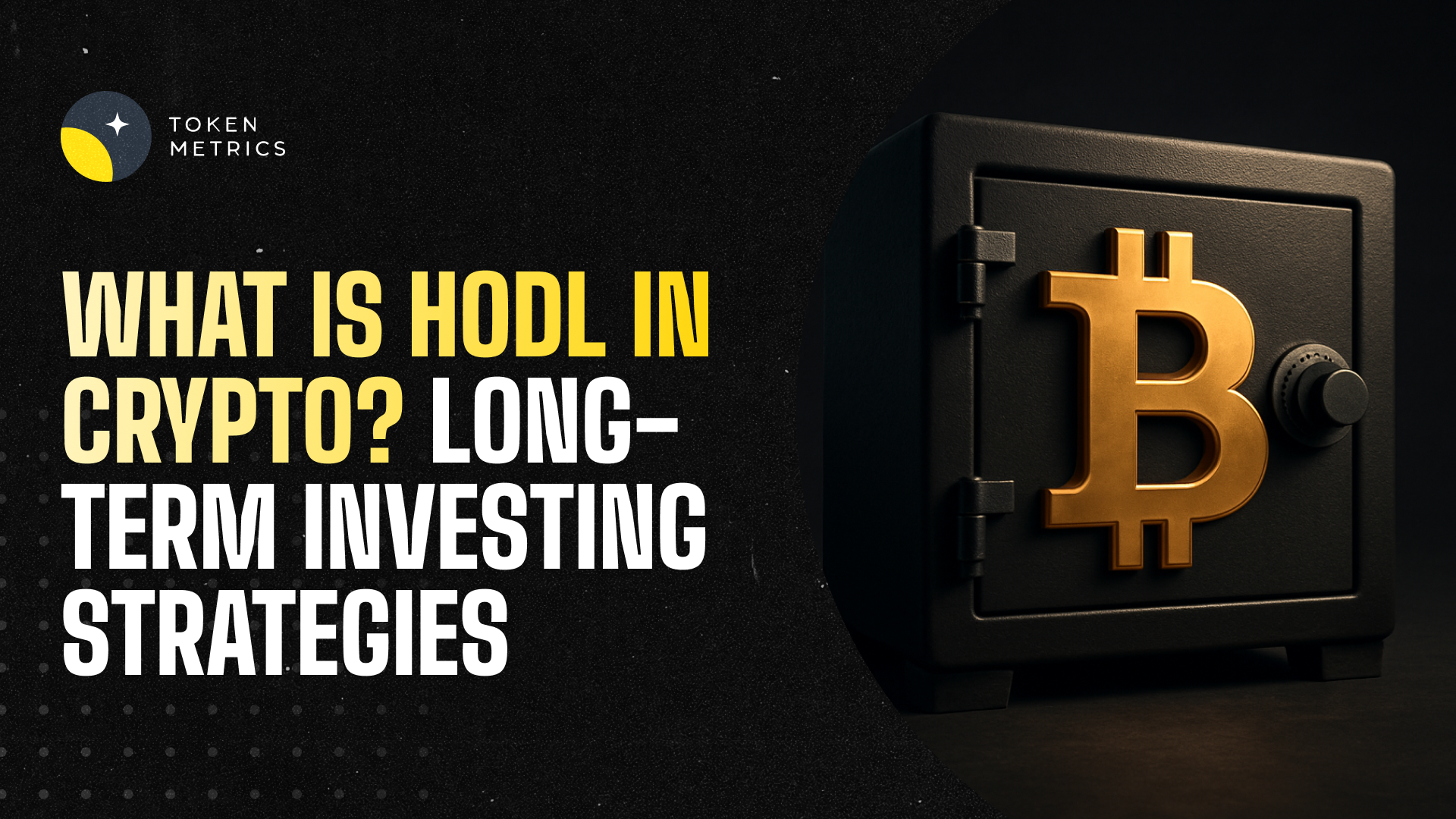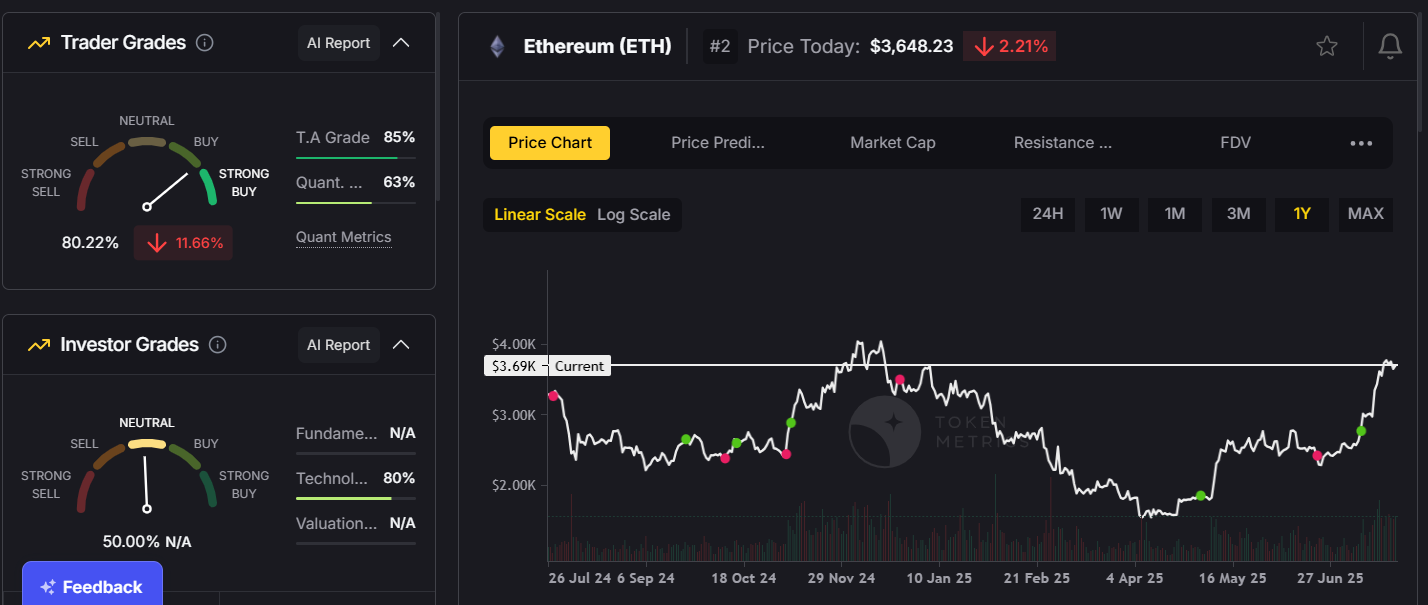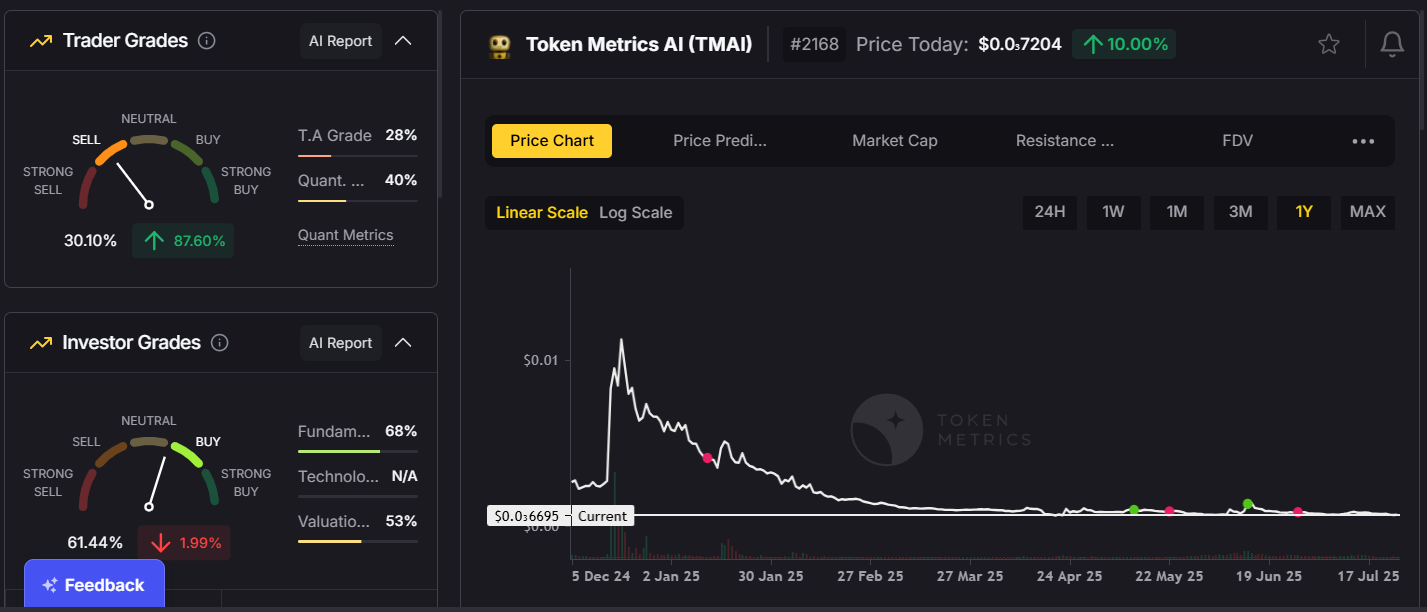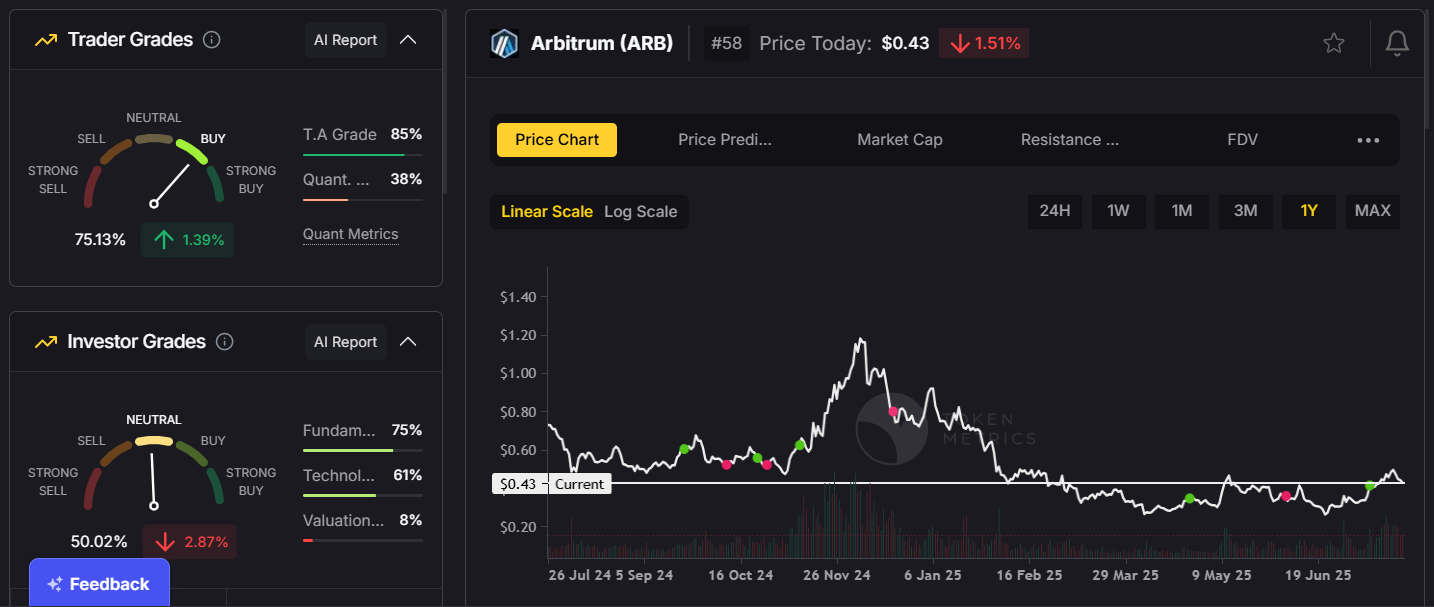
Solana vs Ethereum - A Detailed Blockchain Comparison

In the dynamic world of cryptocurrencies, understanding the distinctions between blockchain platforms is paramount. Two giants in this realm are Ethereum and Solana.
While Ethereum has been a frontrunner since its inception, Solana is rapidly gaining traction, sparking debates about which is superior. Let's dive deep into both ecosystems and ascertain whether Solana is genuinely better than Ethereum.
Solana and Ethereum Overview
Ethereum, known as the world's decentralized supercomputer, has long been the primary platform for smart contracts and DApps. However, with the industry's evolution and the demand for scalability, Solana emerged, offering an enticing alternative.
Historical Background -
Ethereum: Launched in 2015, Ethereum was groundbreaking, introducing the world to smart contracts and decentralized applications (DApps). Since then, it has been home to many significant blockchain projects and boasts a rich ecosystem.
Solana: Founded in 2017 but gaining traction more recently, Solana's promise is speed and scalability. Developed by a team of former Qualcomm employees, its architecture is designed from the ground up for performance.
Solana vs Ethereum: Key Differences
In the burgeoning space of blockchain technology, Ethereum has been the long-standing beacon for smart contracts and decentralized applications.
Its prowess, however, has been recently challenged by newer entrants like Solana, who promise next-gen solutions for the modern crypto enthusiast.
While both platforms aim to offer decentralized solutions, they diverge significantly in terms of technology, speed, costs, and approach. As we delve deeper, understanding these distinctions is essential for developers, investors, and anyone passionate about the future of crypto.
Here, we'll break down the key differences between Solana and Ethereum, highlighting their strengths, weaknesses, and the unique opportunities they present.
Solana vs Ethereum: Consensus Mechanism
Ethereum: Ethereum initially used a Proof-of-Work (PoW) consensus mechanism, which limited its transactions per second (TPS) and led to congestion. However, Ethereum 2.0 aims to address these concerns with its move to a Proof-of-Stake (PoS) system.
Solana: Solana employs a unique Proof of History (PoH) combined with a PoS mechanism. This combination allows it to reach a stunning 65,000 TPS, making it one of the fastest blockchains in existence.
Costs & Fees
Ethereum: A significant criticism of Ethereum is its gas fees. Especially during network congestion, these fees can skyrocket, making smaller transactions infeasible.
Solana: Solana offers minimal transaction costs, with fees often being just a fraction of a cent. This low fee structure is attracting many projects and users, especially those frustrated by Ethereum's high costs.
Security
Ethereum: Ethereum's security has been tested over the years, and its decentralized nature ensures robustness. However, the transition to Ethereum 2.0 introduces new security considerations.
Solana: While Solana's security model is promising, it hasn't faced the same level of scrutiny and adversarial testing as Ethereum. Its unique consensus mechanism, though, is designed to prevent forks and ensure consistent transaction history.
Ecosystem & Development
Ethereum: With its head start, Ethereum has an expansive ecosystem. It hosts a plethora of DApps, DeFi projects, and NFT platforms. The development community around Ethereum is vast, leading to consistent innovations.
Solana: While newer, Solana is rapidly building its ecosystem. Thanks to its scalability features, many projects are porting to or launching directly on Solana. The Solana ecosystem, though smaller than Ethereum's, is vibrant and growing rapidly.
ETH vs SOL: Token Utility
At the heart of both Ethereum and Solana are their native tokens: ETH and SOL, respectively. ETH, beyond being a cryptocurrency, plays a critical role in the Ethereum ecosystem. It's used to compensate participants who perform computations and validate transactions, acting as "gas" for the network.
Similarly, SOL isn't just a currency; it powers Solana's operations. Stakers in the Solana network are rewarded with SOL, and it's used to pay for transaction fees. Moreover, the token is intrinsically tied to Solana's unique Proof of History consensus, ensuring network security.
Also Read - Is Ethereum Dead?
Smart Contract Capabilities
Ethereum revolutionized the crypto world with its introduction of smart contracts, automated self-executing contracts with the terms directly written into code. Ethereum's Solidity language allows for robust and diverse contract creation, making it the go-to platform for many developers.
Solana, on the other hand, introduces a high-performance environment for smart contracts, claiming to reduce the overheads that sometimes plague Ethereum. While it supports multiple programming languages, including popular ones like Rust and C, Solana's focus is on ensuring contracts execute with speed and efficiency.
Both platforms offer powerful tools for developers, but their priorities—Ethereum's flexibility versus Solana's performance—set them apart.
Solana vs Ethereum - Which is Better?
Choosing between Solana and Ethereum isn't a one-size-fits-all decision. Ethereum, as a pioneer, offers a mature ecosystem with a vast array of tools, DApps, and a rich developer community. Its extensive track record and adaptability make it a trusted choice.
Solana, meanwhile, shines in its blazing speed, scalability, and cost-efficiency. For projects craving high-throughput capabilities, Solana might be the more appealing pick.
Ultimately, the "better" platform hinges on specific needs and goals. Whether prioritizing a robust ecosystem and flexibility with Ethereum or rapid, efficient transactions with Solana, both blockchains have substantial merit in the crypto landscape.
Also Read - Is Solana Dead?
Solana vs Ethereum: Future Outlook
Ethereum: The much-anticipated Ethereum 2.0, with its PoS mechanism, promises to solve many existing problems, potentially reinforcing Ethereum's position in the market.
Solana: Solana's future is bright. With its performance metrics and growing adoption, many believe it could be a serious contender for Ethereum's crown. Moreover, initiatives like the Solana Program Library (SPL) are set to enhance its functionalities.
Frequently Asked Questions
Q1. What is the primary programming language for Ethereum smart contracts?
Ethereum primarily uses Solidity for its smart contracts, a purpose-built language for blockchain development.
Q2. Can Solana handle decentralized applications (DApps) as Ethereum does?
Yes, Solana is built to support DApps, and due to its scalability, many new projects are considering it as an alternative to Ethereum.
Q3. How does Ethereum 2.0 affect the comparison with Solana?
Ethereum 2.0 aims to improve scalability and transaction speed, potentially bringing it closer to Solana's performance metrics. However, it's still in the rollout phase.
Q4. Why are transaction fees on Ethereum sometimes so high?
Ethereum's fees, or 'gas' costs, can rise during network congestion. The fees are determined by supply and demand dynamics within the network.
Q5. What ensures Solana's high transaction speed?
Solana uses a unique consensus mechanism called Proof of History (PoH), which, combined with its Proof of Stake system, allows for its high transaction speeds.
Q6. Is it easy to migrate a project from Ethereum to Solana?
While it's possible to transition, the migration involves significant developmental changes due to the differences in their architecture and coding languages.
Q7. How do Ethereum's and Solana's market caps compare?
Market caps fluctuate based on a variety of factors. It's recommended to check a reliable crypto market analysis tool, such as Token Metrics for up-to-date analytics.
Q8. Are there other blockchain platforms that compete with Ethereum and Solana?
Yes, several platforms, including Cardano, Polkadot, and Binance Smart Chain, also offer competitive features in the DApp and smart contract space.
Conclusion: Is Solana Better than Ethereum?
The answer isn't black and white.
Ethereum has a proven track record, a vast ecosystem, and the promise of Ethereum 2.0. It remains a dominant force in the crypto world. Solana, with its impressive TPS, low fees, and rapidly growing ecosystem, offers a compelling alternative.
For developers, the decision might come down to the needs of their project. For investors, it's about risk appetite and belief in each platform's future.
One thing is clear: both Solana and Ethereum have substantial merits, and they will undoubtedly shape the future of blockchain technology in their unique ways.
Disclaimer
The information provided on this website does not constitute investment advice, financial advice, trading advice, or any other sort of advice and you should not treat any of the website's content as such.
Token Metrics does not recommend that any cryptocurrency should be bought, sold, or held by you. Do conduct your own due diligence and consult your financial advisor before making any investment decisions.

.svg)

Create Your Free Token Metrics Account

.png)




%201.svg)
%201.svg)


%201.svg)
















.svg)




.png)